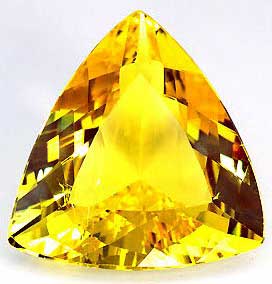

The name is derived from the Greek word ‘pyr’or ‘pyros’, which means fire.

Iron pyrite also has streaks that are more brownish black. It’s harder, and it will break instead of bending. It got its name because it looks just like gold to people who don’t know what real gold looks like!Īlthough iron pyrite has the same brass yellow and metallic luster, it’s lighter in color than gold. The combined effects of alloying and cold work on the hardness of gold are illustrated below.Iron pyrite is one of the most common sulfide minerals in the world that’s more popularly known as Fool’s Gold. This is known as precipitation hardening and, in the case of titanium, an addition of as little as 1% can increase the Vickers Hardness to as much as 175, compared with pure gold’s value of 25.Ĭold working: plastic deformation by processes such as rolling or wire-drawing produces significant hardening. Some elements (most importantly, titanium) can result in the formation of a fine dispersion of intermetallic particles that bring about a very dramatic increase in hardness. The associated increase in wear-resistance was the reason why many countries historically opted to add silver and copper in amounts of up to 10% to their gold coinage. Grain refinement: reducing the size of the grains (i.e., crystals) in the metal produces a small increase in hardness.Īlloying: Adding an element whose atoms replace some of the gold in the crystal structure can bring about a significant increase in hardness and strength. In order to increase a metal’s hardness, various approaches can be used, all of which make it more difficult for the crystals in the metal to deform plastically under a mechanical load: So how hard is pure gold as measured by the Vickers test? Comparison with some commonly used and related metals is shown below. For SI purists, this number can be converted into MPa (megapascals) by multiplying by gravitational acceleration of 9.807. The unit of hardness given by the test is known as the Vickers Pyramid Number or Vickers Hardness (HV) with units of kgf/mm 2. It can be used for all metals and covers a wide range of hardness. It produces an accurate number by measuring microscopically the diagonals of a diamond-shaped impression. The Vickers test has a number of advantages.

An alternative method was developed by two engineers at the British company, Vickers, in 1921. The large size of the resulting indentation and possible damage to the test piece limits the usefulness of the Brinell method. The first widely used system was proposed by the Swedish engineer Johan Brinell in 1900, involving a spherical indenter. Various methods of determining the hardness of metals have been developed, most of which involve the measurement of the size of an indentation on the surface of the material in relation to the force used to make the indent. The task of metallurgists throughout history has been to effect an increase in their metals’ hardness and strength (though without causing them to become brittle). Softness means a lack of strength and an inability to resist deformation and abrasion, so that jewellery breaks and coins become lighter due to wear. With few exceptions, softness is not a desirable characteristic in metals. In fact, many other pure metals are much softer than gold. See the amusing (and informative) article by Arnaud Manas of the Banque de France Why do Pirates and Champions Bite their Coins and Medals?. As is well known, in its pure state, gold is rather soft.


 0 kommentar(er)
0 kommentar(er)
